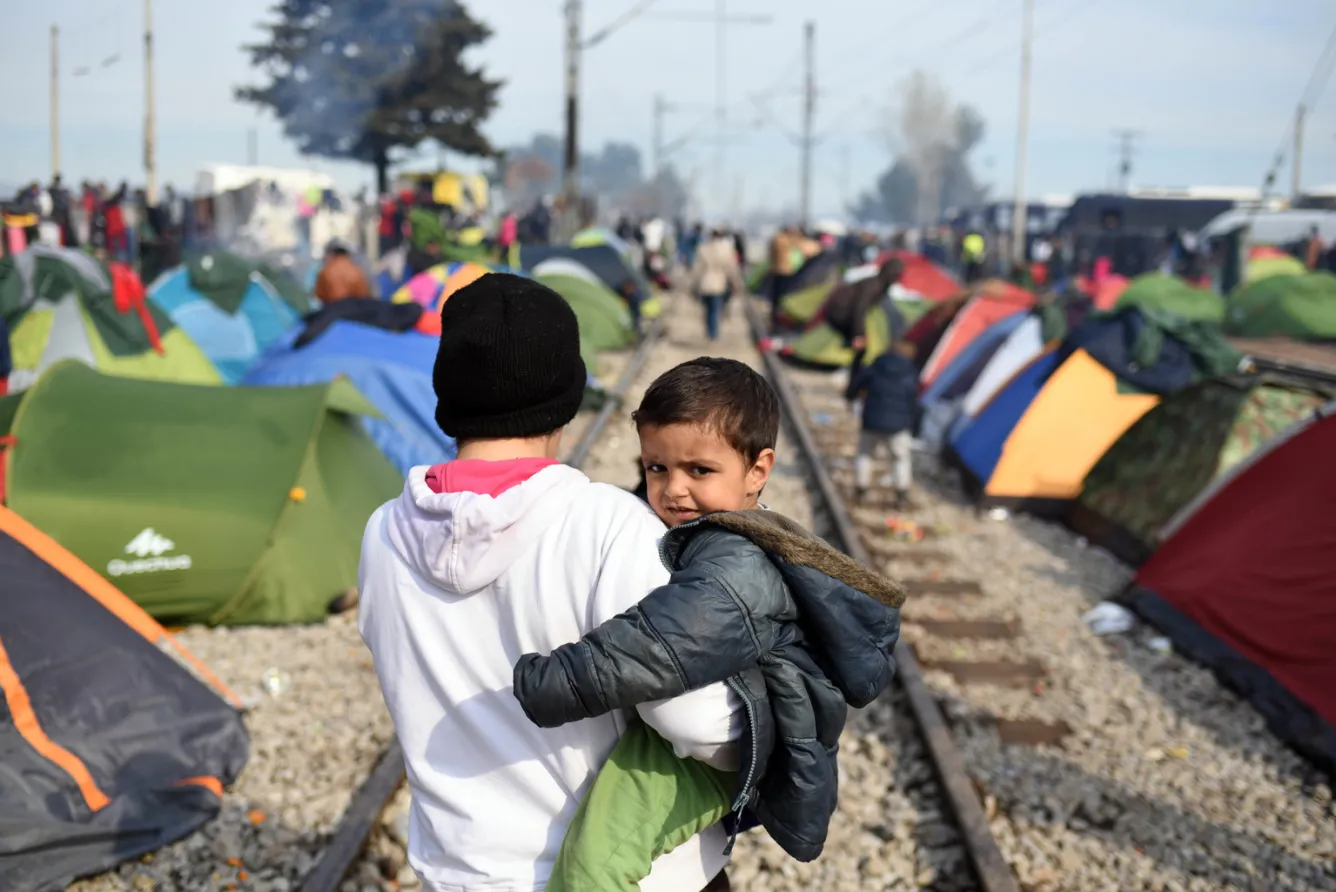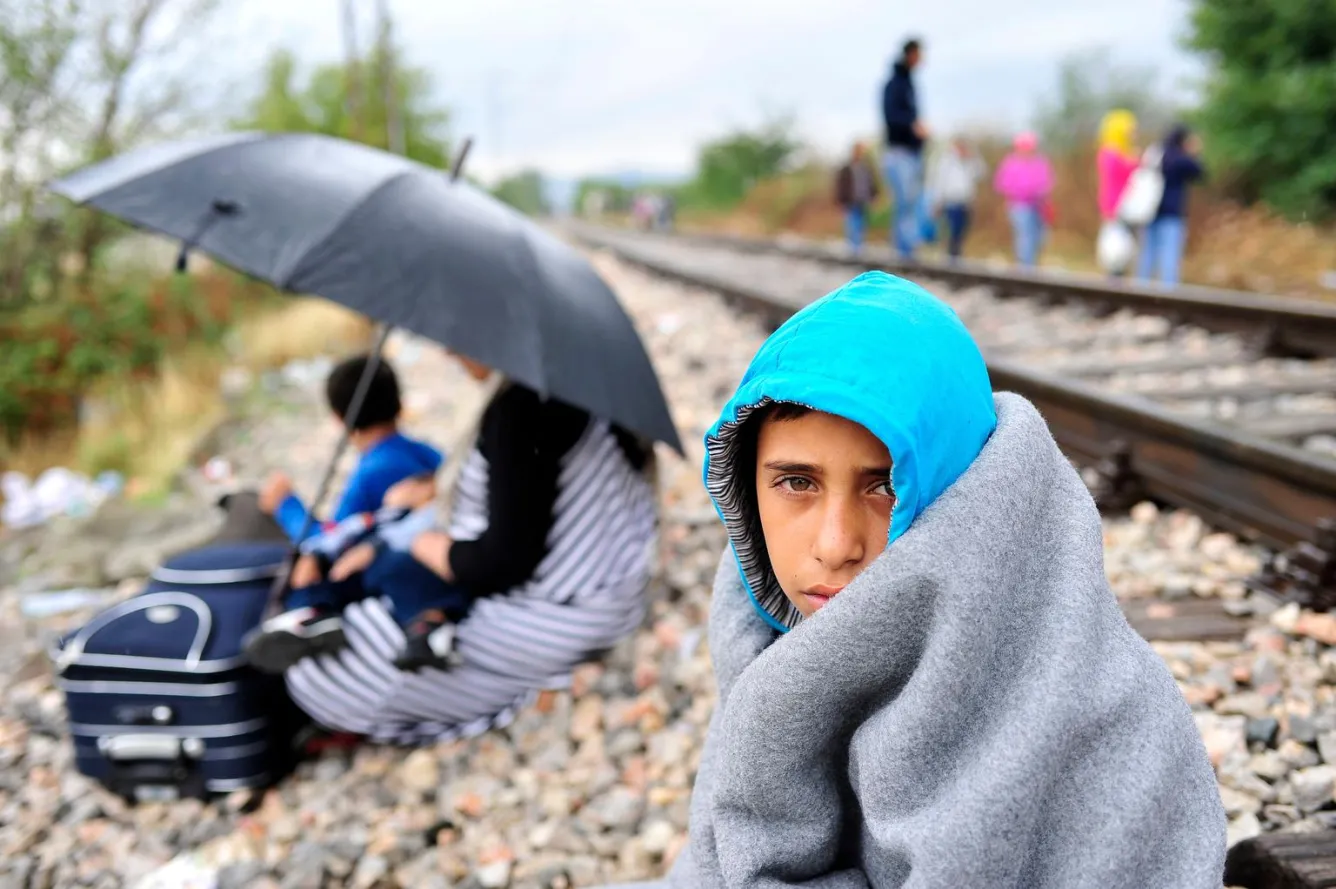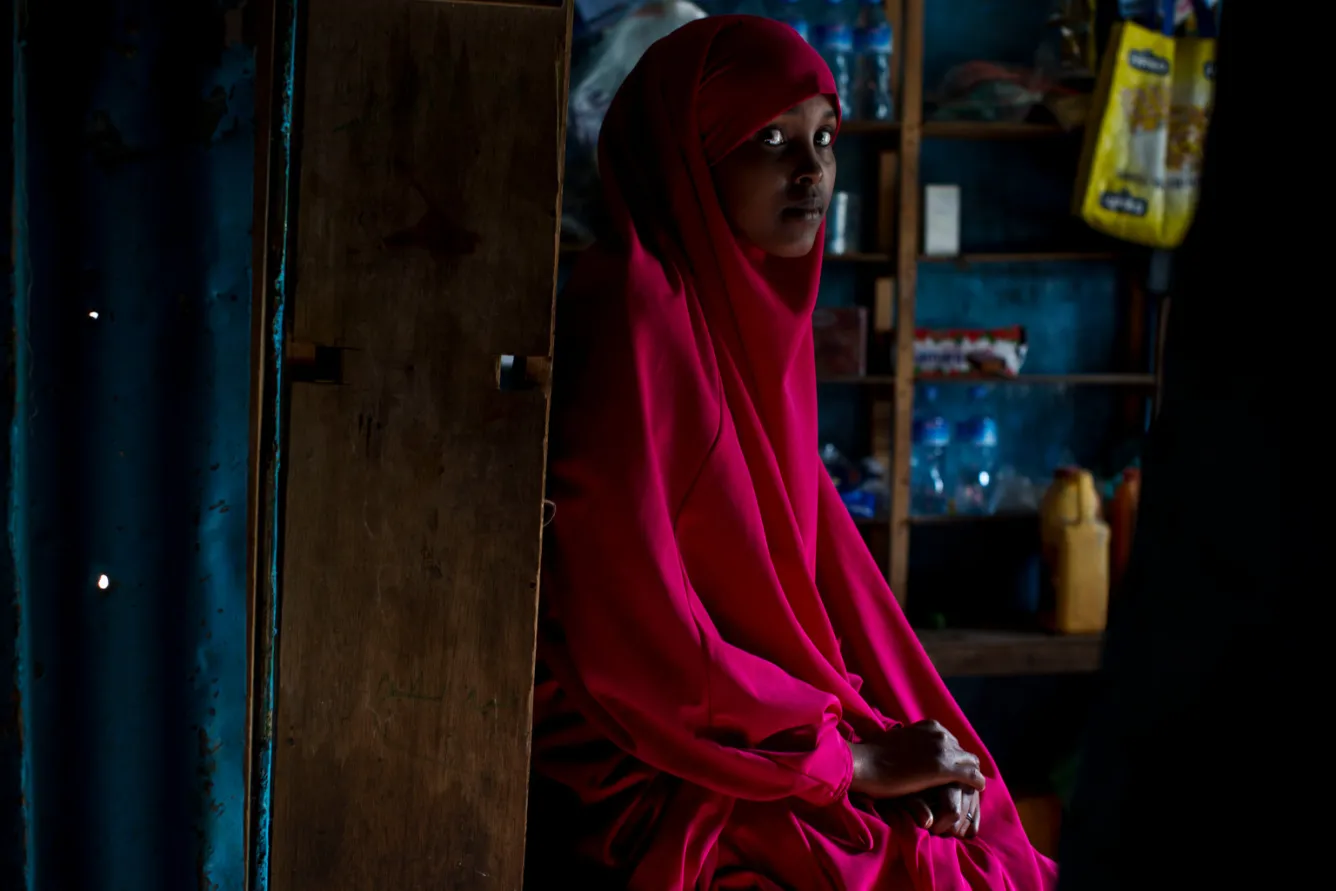
Migrant and Refugee Children on the Move: What Are They Facing?


Protecting uprooted children from exploitation and violence
Children often find few opportunities to move legally. Family reunification, humanitarian visas and refugee resettlement spots, and work or study visas are out of reach for most. Many families are also pulled apart by work visa only permitting the parent to migrate, leaving children behind.
There are more refugee and migrant children moving alone (unaccompanied or separated children) than at any time in recent memory. In the five year period from 2010-2011 to 2015-2016, the number of recorded unaccompanied and separated children around the world increased from 66,000 to at least 300,000. But barriers to legal migration do not stop people from moving, they only push them underground.

As a result, many refugee and migrant children turn to smugglers to help them navigate border crossings and reach their final destinations. Not all smugglers exploit and abuse – however, the reliance on smugglers puts children at risk as smugglers may try to exploit the vulnerability of refugees and migrants for their own personal gain.
Smuggling can turn into human trafficking. Europol estimates that as many as 20 per cent of smugglers facilitating travel to Europe in 2015 had links to human trafficking networks. Children account for approximately 28 per cent of trafficking victims globally. Smugglers may take advantage of unaccompanied and separated children in particular, selling them into sexual exploitation or conditions akin to contemporary forms of slavery.

